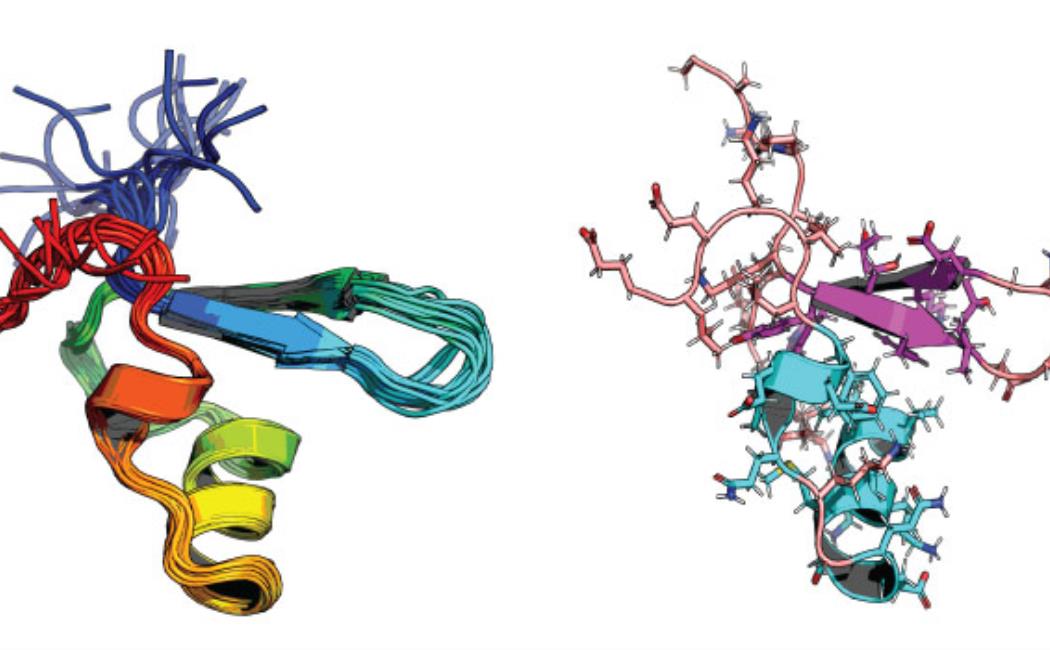
Atomic techniques reveal the evolution of a bacterial protein
21 March, 2021
A combination of an array of atomic-level techniques has allowed researchers to show how changes in an environment-sensing protein enable bacteria to survive in different habitats, from the human gut to deep-sea hydrothermal vents.
“The study gives us unprecedented atomic-level insight into how bacteria adapt to changing conditions,” says Stefan Arold, professor of bioscience at KAUST. “To obtain these insights, we pushed the limits of three different methods of investigation and combined their results into a unified picture.”
The histone-like nucleoid-structuring (H-NS) protein allows bacteria to sense changes in their environment, such as changes in temperature and salinity. Previously, the team had shown how the intestinal pathogen Salmonella typhimurium uses H-NS to control its gene expression profile, enabling it to live optimally inside its warm-blooded host or outside in the soil.
Click here to read the full story.
Image: Using a synergistic approach, the collaborative KAUST team analyzed the reaction of different H-NS proteins (shown above) to temperature and salinity on an atomistic level.
© 2021 KAUST; Vladlena Kharchenko